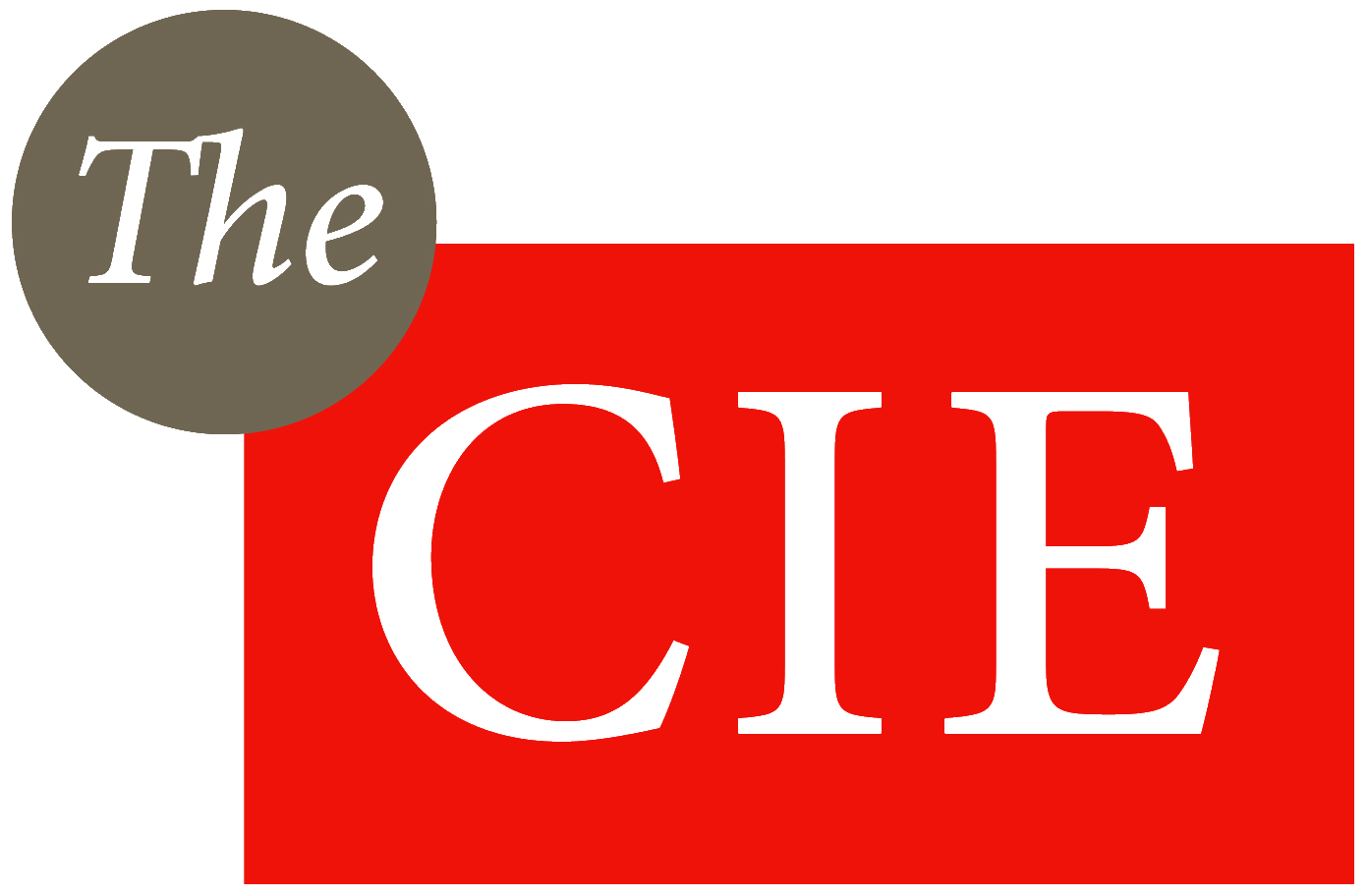Economic Analysis of Human Gene Patents
The CIE was commissioned by IP Australia to analyse evidence on the economic costs and benefits to Australia of the patenting of human genes.
The CIE’s final report reflects an extensive review of the medical literature and consultation with a wide range key stakeholders to assess the impact of patents granted over human gene sequences on access to investor finance, international collaboration and research funding, price premiums, costs to Australian consumers where higher prices are paid for human gene sequence innovations, and impacts on incentives to innovate and the introduction of new treatments and methods of diagnosis due to the costs and barriers of negotiating use of patented human gene sequences.
Key findings of the report are:
Patent activity related to isolated human gene sequence patents has declined dramatically since the completion of the Human Genome Project in 2003. Patenting activity is increasingly focused on methods of using isolated gene sequences and on modified (i.e. not naturally occurring) DNA and genetic sequences created in laboratories.
Measurable economic impacts associated with isolated human gene sequence patents are small in terms of royalty and fee income that is attributable to the patent.
The real value in patents lies in their role in incentivising innovation and the public-private partnerships that are required to bring new human gene based medicines and diagnostics to market that ultimately improve health outcomes.
The report balanced complex evidence and arguments concerning ethical issues, medical issues, economic, commercial and legal issues which will support future policy development by IP Australia on the challenging and important issue of human gene patents in Australia.


